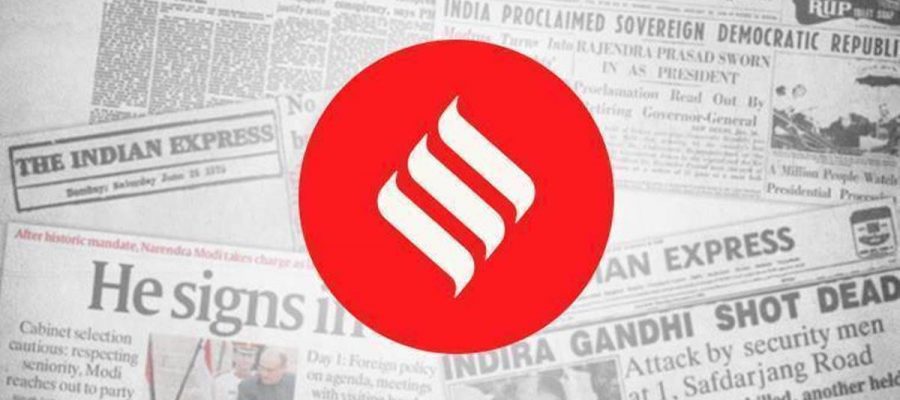Turnaround of the government school offers hope to state’s young, sets an example for other states.
For more than two decades now, a complex paradox has challenged India’s educational planners. The demand for quality education has been going up. School enrolment rates have also increased appreciably, especially after the implementation of the Right to Education Act 2009. Yet, as an array of scholarly literature and grass roots level surveys — including the annual ASER reports — shows, elementary reading, writing and arithmetic skills elude a substantial section of children even after spending eight to 10 years in school. Policies to address pedagogic deficits do not attain the desired results because local administrative agencies rarely take ownership of the education crisis. That’s why Punjab’s success in the Education Ministry’s Performance Grading Index — it evaluates a state’s performance on 70 parameters including learning outcomes — is so remarkable. The state topped the latest rankings, released on Sunday, on the back of a school revamping initiative by its education department. The brainchild of the state’s education secretary, the programme has rationalised teacher posting, ramped up infrastructure and made optimum use of both analogue and digital avenues. A 15 per cent increase in government school enrolment this year, amidst the pandemic, testifies to the initiative’s success.
The reforms are also creditable because they have come amidst a social and economic turmoil that has taken a toll on the well-being of the state’s young well before the coronavirus struck. In the last two decades, the Green Revolution leader has been overtaken by at least five other states. Declining agricultural income due to fragmentation of landholdings, deterioration of soil quality and declining water table has meant that few amongst the state’s youth are interested in working on farms. Depeasantisation has, however, not been accompanied by sufficient increase in other employment avenues. For growing numbers, migration has offered an escape from the decelerating farm economy. But thousands of others, less resourceful, have fallen prey to drugs. Punjab’s top ranking in the PGI index will aid the state’s resolve to push its way out of this unhappy situation.
The project has converted 67 per cent of the government-run schools into smart schools. But it is not totally technology-centred: School spaces such as doors, windows and classroom floors now serve as learning resources. This is the sort of creativity envisioned in the New Education Policy. That’s why Punjab’s reforms hold lessons for other states.
Source: Read Full Article


